This was published 8 years ago
What to do in Cuba: The 14 best things to do before Cuba changes
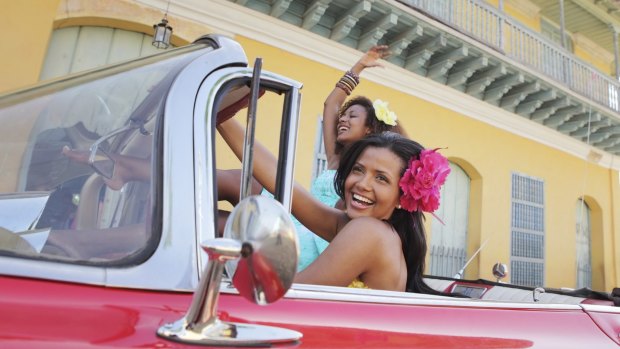
Nothing can take away the natural beauty of Cuba, its history and most importantly, its people - that's all part of its Caribbean charm.Credit: iStock
President Obama has announced the reopening of the US Embassy in Havana, more than 50 years after the United States and Cuba broke off diplomatic relations. As relations ease between the historically distant countries, tourist numbers are expected to rise.
Here are 14 highlights of a beguiling Caribbean nation going through a fundamental shift.
Wander Old Havana
There are many, many sides to the Cuban capital but it's the enticing Old Havana (La Habana Vieja), a Unesco World Heritage site, which has the city's prettiest buildings. And it's here you should spend most of your time wandering.
Take a stroll along Havana harbour
The Malecón - the miles-long promenade on the Havana waterfront - was built to protect the city from the water, and is often used by strolling locals. From here, you can see the 17th-century Castillo de los Tres Reyes Magos del Morro. This castle's neighbour, the huge 18th-century Fortaleza de San Carlos de la Cabaña is the largest fort in Latin America.
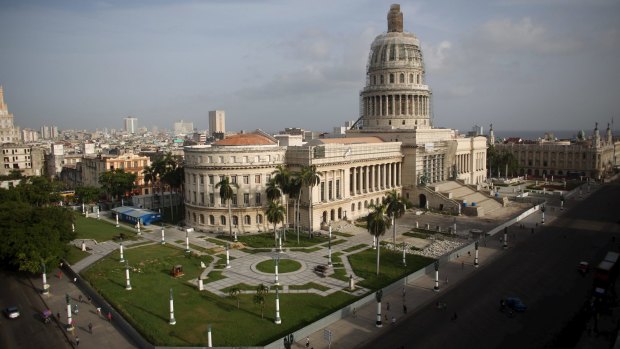
Cuba's Capital, or El Capitolio as it is called by Cubans, Havana.Credit: Reuters
Drink a mojito in the place where it was invented
La Bodeguita del Medio is one of the best known places to drink in the entire country, partly due its celebrated clientele (past drinkers have included Salvador Allende, Pablo Neruda and Ernest Hemingway), and partly due to its most famous invention, the mojito. James Bond enjoyed one in 2002's Die Another Day.
Smoke a Cuban cigar
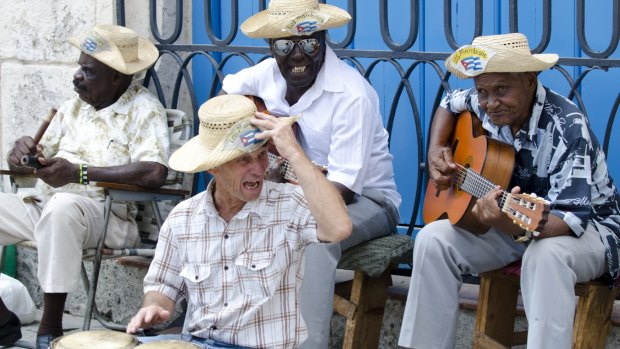
Get there before it changes.Credit: iStock
The legendary Cuban cigar looks set to become a lot more commonplace around the world as the geopolitical thaw takes hold. Even non-smokers may be tempted to take a puff in-situ, before the export run begins.
Hotel Conde de Villanueva (Mercaderes, corner of Lamparilla; www.hotelcondevillanueva.com), with its renowned cigar shop La Casa del Habano (official purveyor of Cuban smokes), is a five-minute walk from the cruise terminal. In February, Havana hosts an annual cigar festival (www.habanos.com).
The beautiful tobacco heartlands of Viñales
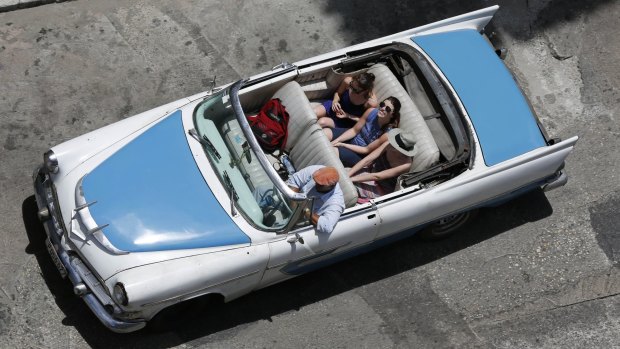
Tourists ride a classic American convertible in Havana, Cuba.Credit: AP
Now see where the tobacco is grown. Rent a car and head west down to Viñales valley, Cuba's most beautiful corner, where striking limestone outcrops rise out of tobacco-growing fields – recommended as a winter-sun destination.
The crumbling, colonial town of Trinidad
"The town is a UNESCO heritage site for good reason, attracting coachloads of tourists; old houses filled with the finest crystal and porcelain bought with vast profits from sugar and slaves, crumbling frescos and elaborate facades lining narrow cobbled streets," Ian Henderson, Travel writer.
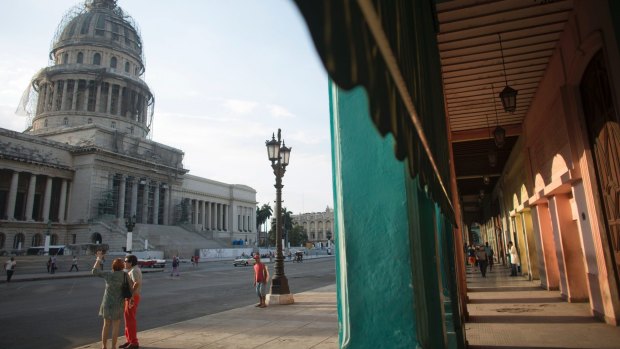
Havana, Cuba.Credit: Reuters
Santiago de Cuba
Five hundredth anniversaries are quite the rage in Cuba at the moment. This year Trinidad, next year Santiago de Cuba, the sultry former capital known for its musicality and laid-back spirit. 2015 looks set to be a big year.
Baracoa, a colonial alternative
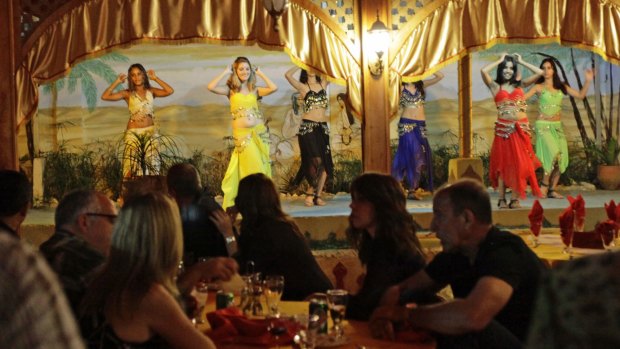
Gastronomy is on the rise in Cuba: El Beduino restaurant in Havana.Credit: Reuters
A reader suggests: "Head for Baracoa, where Christopher Columbus landed in 1492, and the country's first capital.
"It's in the far north east of Cuba, 620 miles (998 kilometres) from Havana. Cobbled streets, single-storey period buildings, funky music and laid-back locals make for a friendly and relaxed atmosphere. Glorious isolated beaches are close by virgin rainforest; and overlooking it all is El Yunque, Cuba's version of Table Mountain.
"Baracoa has its own Malecón, an attractive seaside promenade which ends at Baracoa's statue of Columbus, carved from a giant tree stump.
"Best of all is the food, richer and spicier than the rest of Cuba; don't miss out on cucurucho, an ambrosia of fruit, nuts, coconut and honey served in palm bark."
See the legacy of Che
A certain revolutionary looms large in the iconography and psyche of Cuba - Che Guevara. And the monument in Santa Clara in Cuba is perhaps the best place in the country to appreciate the scale of his hold over the country.
Take a motorcycle tour with Guevara
You can now also even take a motorbike tour with the youngest son of Che Guevara, showing an entrepreneurial spirit that might have concerned his father. Ernesto Guevara's La Poderosa Tours (www.lapoderosatours.com) will run trips for bikers on two routes across Cuba using Harley-Davidsons.
Home stay with Cubans
In the current Cuba, inexpensive home-stays staying with Cubans (www.cubacasas.net) are part and parcel of the independent travelling experience, along with eating in private houses, called paladares. Try this while you still can.
Varadero
Although Cuba's big draw is its fascinating colonial and 20th-century history, it does, of course have some marvellous beaches. Varadero is the main resort, the island's most accessible, where the best asset is its fine beach. There are 12 miles (19.3 kilometres) of soft white sands and shallow, aquamarine waters.
Take a dive
With the aquamarine waters of the Caribbean Sea lapping around the island, it's hard to resist diving in. Try snorkelling at Playa Giron – better known as the Bay of Pigs – or Maria La Gorda, which are both known for their snorkelling potential.
San Miguel de los Baños
It has been described as a cross between an alpine village and a ghost town, a once thriving spa village that fell into decline. Now the faded, ruined grandeur can still be wandered around.
See also: Why Cuba is a must-see travel destination now
See also: Australia, Cuba: The Australia you've never heard of
See also: Havana's food scene a draw for tourists on the culinary circuit
The Telegraph, London
Sign up for the Traveller Deals newsletter
Get exclusive travel deals delivered straight to your inbox. Sign up now.